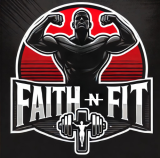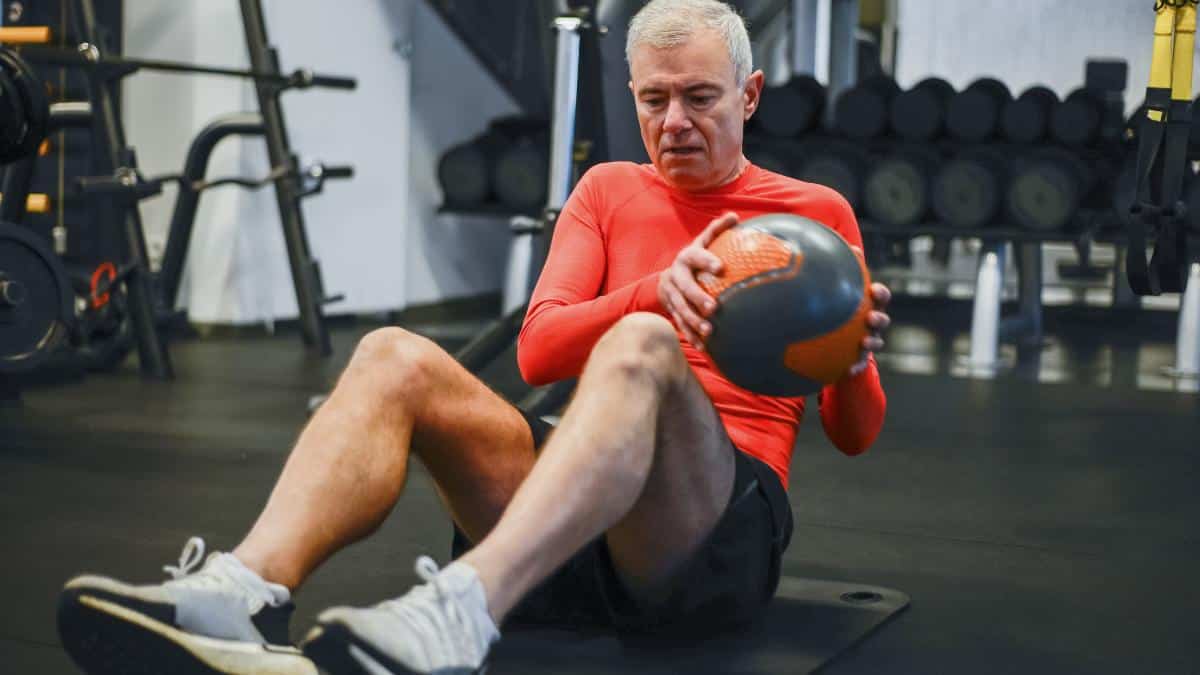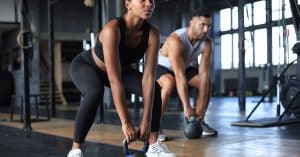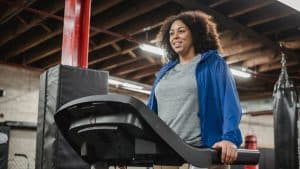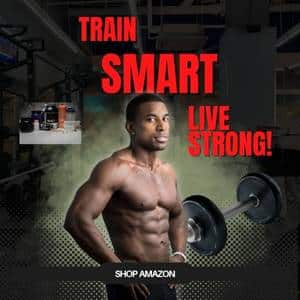Understanding Functional Fitness: Functional fitness is a holistic approach to exercise that focuses on movements mimicking everyday activities. Particularly important is the role of functional fitness for people over 50, as it keeps the body strong and adaptive. Unlike traditional fitness regimes that isolate specific muscle groups, it prepares the body for real-life movements by engaging multiple muscle groups simultaneously. This approach promotes a more integrated and balanced body, helping to maintain independence, reduce injury risk, and enhance quality of life, especially as muscle mass and bone density naturally decline with age.
Benefits of Functional Fitness for Individuals Over 50:
As you enter your 50s and beyond, maintaining functional fitness is vital for staying active and independent. The body naturally undergoes changes like loss of muscle mass and bone density, which affect mobility and balance. Functional fitness focuses on exercises that mimic everyday movements, helping build strength, stamina, and flexibility to make daily tasks easier and reduce fatigue.
In addition to physical benefits, functional fitness supports mental well-being by boosting mood and mental clarity. A key advantage is improving balance and coordination, which helps prevent falls—a major cause of injury in older adults.
Many exercises also enhance joint health by increasing range of motion and reducing stiffness, important as joint pain and arthritis become more common with age. Keeping joints flexible promotes greater freedom of movement and less discomfort. Incorporating functional fitness helps improve overall quality of life and reduce injury risks for those over 50. Additionally, taking multivitamins can support joint and bone health by filling nutritional gaps that may arise with age.
Current Trends in Functional Fitness for seniors:
The landscape of functional fitness for seniors is continually evolving, with new trends emerging to meet the specific needs of older adults. One popular trend is the incorporation of technology into fitness routines. Wearable devices and fitness apps now offer personalized workout plans, track progress, and provide real-time feedback.
Another trend gaining traction is group fitness classes specifically designed for seniors. These classes provide a structured workout with modifications for various fitness levels, ensuring safe and effective participation. When combined with appropriate nutrition supplements, these programs can help older adults maintain strength, energy, and overall wellness more effectively.
Mind-body exercises such as yoga and Tai Chi are also becoming integral components of functional fitness for seniors. These practices emphasize balance, flexibility, and mental focus, offering a comprehensive approach to health and wellness. Integrating mind-body exercises into your routine can enhance both physical and mental health, leading to a more holistic fitness experience.
👟 Functional Fitness Essentials for 50+
Trusted tools to support strength, mobility, and longevity as you age:
- 🦴 Move Free Joint Health Supplement – Glucosamine + MSM for Joint Comfort
- 🧘♂️ Whatafit Resistance Bands Set – Low-Impact Strength Training at Home
- 🏋️♀️ Bowflex SelectTech 552 Dumbbells – Adjustable, Compact, and Senior-Friendly
- ⚖️ URBNFit Balance Board Trainer – Improve Stability & Core Strength
- 🌿 Garden of Life Men’s 50+ Multivitamin – Energy, Immunity & Heart Support
- 🌸 Garden of Life Women’s 50+ Multivitamin – Bone, Hormonal, and Digestive Health
- 🥤 Orgain Organic Protein + Superfoods – Easy-to-Digest Plant-Based Nutrition
- ✝️ Kerusso Christian Activewear – Faith-Focused Fitness Apparel
- 🪑 Stamina InMotion Chair Gym – Great for Seated Functional Exercises
- 💧 Hydro Flask 32 oz Water Bottle – Stay Hydrated During Every Workout
“Equip your journey with tools that respect your age, goals, and faith.”
Essential Functional Fitness Exercises for Those Over 50:
Incorporating specific exercises into your routine along with supplements like pure himalayan shilajit, can significantly enhance your functional fitness. Here are some essential exercises you should consider:
Squats:
- Benefits: Strengthen lower body muscles, including quadriceps, hamstrings, and glutes.
- How to Perform: Stand with feet shoulder-width apart, bend knees, and lower hips as if sitting in a chair. Keep chest lifted and knees behind toes.
Lunges:
- Benefits: Improve balance and strengthen legs and core.
- How to Perform: Step forward with one leg, lower your hips until both knees are bent at about a 90-degree angle. Keep the front knee above the ankle.
Planks:
- Benefits: Enhance core strength and stability.
- How to Perform: Lie face down, lift body onto forearms and toes, keeping body in a straight line from head to heels.
Push-Ups:
- Benefits: Strengthen upper body and core muscles.
- How to Perform: Begin in a plank position, lower body until chest nearly touches the floor, then push back up.
Step-Ups:
- Benefits: Improve leg strength and balance.
- How to Perform: Step onto a platform with one foot, then the other, and step back down. Alternate leading foot.
Incorporating these exercises into your routine can help you maintain strength, balance, and flexibility, all crucial for functional fitness.
How to Create a Functional Fitness Routine:
Start by assessing your current fitness level and identifying areas that need improvement, such as balance, strength, or flexibility. Aim for a balanced mix of exercises targeting different muscle groups and movement patterns, including strength, balance, and flexibility exercises.
Begin with exercises suited to your fitness level and gradually increase intensity as you gain strength and confidence. Consistency is key. Engage in functional fitness activities at least 3 to 5 times per week to improve overall fitness and daily functionality.
Overcoming Barriers to Functional Fitness:
Common barriers include time constraints, lack of motivation, and physical limitations. To address time constraints, prioritize short, effective workouts that fit into your daily schedule. Even 20-30 minutes of focused exercise can make a significant difference.
Lack of motivation can be overcome by setting clear, achievable goals and tracking your progress. Finding a workout buddy or joining a group class can provide social support and encouragement. If physical limitations present a challenge, consider working with a fitness professional who can tailor exercises to your needs and provide safe modifications.
Resources for Functional Fitness: Classes, Apps, and Online Programs
Many local fitness centers and community programs offer classes specifically designed for older adults, helping provide motivation, guidance, and social support. For those who prefer working out at home, various fitness apps like MyFitnessPal, FitOn, and SilverSneakers GO provide personalized workout plans, video demonstrations, and progress tracking.
Online platforms such as YouTube and subscription services like Daily Burn also offer a wide range of classes suitable for different fitness levels. When choosing resources, consider your fitness goals and personal preferences to find the best fit, whether it is in-person, virtual, or a combination of both.
Conclusion:
Embracing functional fitness is an important step toward a healthier, more active life. By focusing on exercises that improve your ability to perform everyday activities, you enhance both your physical health and mental well-being.
Functional fitness helps you maintain independence and reduces the risk of injury. With realistic goals, consistency, and the right resources, you can enjoy the many benefits of functional fitness and lead a more vibrant, fulfilling life.
Subscribe now and get a 14-day free trial workout app for iPhone users.
